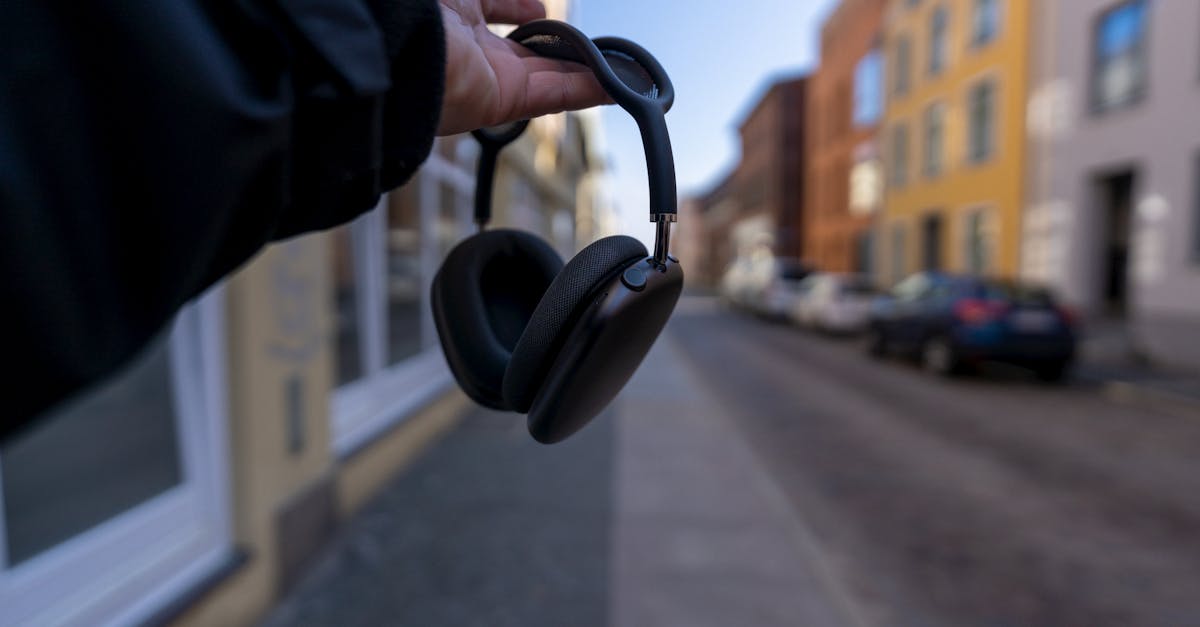Diving into the Electric Pulse of Urban Sonic Vibes
Introduction
Urban Sonic Vibes are the auditory lifeblood of bustling cities, transcending pure auditory experience to embody cultural expression. This intricate soundscape fuses elements of nature, technology, and human activity, weaving an ever-evolving tapestry unique to city environments. From the rhythmic clatter of subway trains to the melodious tunes of street musicians, these sounds craft the identity of urban landscapes. As cities worldwide continue to grow, so does the significance and complexity of their sonic environments. This article seeks to explore the intricacy of Urban Sonic Vibes, examining their origins, influence, and impact on urban life. Open your ears and expand your mind as we journey through this sensory experience.
Advertisement
The Origin of Urban Sonic Vibes
Long before the rise of skyscrapers and automobiles, cities had their distinct sonic signatures. Ancient markets were filled with the shouts of vendors, the bleats of livestock, and the clinking of coins—a symphony of commerce and community. As cities industrialized, the sounds evolved, incorporating the clang of machinery, the hum of electricity, and the whoosh of passing vehicles. Today's Urban Sonic Vibes are a culmination of centuries of auditory adaptation, reflecting both technological advancements and cultural shifts. Ethnic neighborhoods often contribute to this diversity, as the sounds of different languages, music styles, and street festivals blend, creating a patchwork of audio experiences. This rich history provides the backdrop for contemporary urban soundscapes.
Advertisement
Technology and Its Sound
The clinking of smartphones, the low drone of drones, and the ping of digital notifications are ubiquitous in modern cities. Technology has become an integral part of urban auditory landscapes, introducing new sounds and transforming old ones. "Smart" cities are working to blend technology seamlessly into the environment, even considering sound design in urban planning. Electric vehicles, for example, replace the roar of traditional engines with a softer, almost futuristic hum. Public spaces are now designed with acoustic ecology in mind, leveraging technology to create areas of tranquility amid the hustle and bustle. The dynamic relationship between technology and sonic environments asks the question: how will future innovations reshape what we hear?
Advertisement
Music in the Streets
Music is often the heartbeat of urban sonic vibes, reverberating from various sources to bring cities to life. Street musicians, buskers, and performers make each commute a concert, their diverse melodies catering to an array of public tastes. Pop-up concerts and music festivals transform city lanes into vibrant performance spaces, while local bands and DJs set the soundtrack to nightlife. City governments increasingly promote musical initiatives, recognizing their role in cultural enrichment, tourism, and community building. Cities like New Orleans, London, and Tokyo have their compositions, their notes interwoven with the spirit of their people. As we move forward, urban soundscapes continue to evolve with the influx of global sounds and changing auditory preferences.
Advertisement
The Noise Dilemma
With the richness of Urban Sonic Vibes also comes the challenge of noise pollution, which can significantly impact health and quality of life. The constant barrage of sound can lead to stress, impaired hearing, and interrupted sleep. Cities worldwide are exploring innovative methods to tackle this growing issue, such as green spaces that act as natural sound barriers. Soundproofing technologies provide respite within homes and workplaces, while noise ordinances help regulate excessive sound levels. The balance between maintaining vibrant soundscapes and minimizing harmful noise is delicate, demanding collaboration between city planners, architects, and the community. Achieving sound optimization presents challenges, but the rewards can lead to healthier, more satisfying urban living.
Advertisement
Natural Soundscapes
Despite urban growth, elements of nature continue to leave their mark on city soundscapes. Parks, tree-lined avenues, and rivers introduce organic sounds, offering moments of tranquility in the concrete jungle. Birds chirping, leaves rustling, and water flowing are subtle reminders of nature’s gentle symphony. The push for sustainable urban spaces often integrates green infrastructure, promoting biodiversity and enhancing these serene soundscapes. Some urban planners incorporate sound canals or artificial streams, creating auditory oases that contrast with the urban clamor. By harmoniously blending natural and urban sounds, cities can craft unique auditory environments, contributing to the well-being and aesthetic appeal of urban life.
Advertisement
Sonic Communities and Cultural Representation
Urban soundscapes offer distinct narratives about their communities, capturing the essence of their cultures and identities. Ethnic neighborhoods present a mix of sounds that reflect their heritage, from language to traditional music. Every city hosts a sonic complexity, where different communities coexist and interact, promoting cultural dialogue and exchange. Public art installations, equipped with sound elements, draw upon cultural stories to create immersive experiences. These sonic communities contribute to a city's vibrancy, resonating with local residents and tourists alike. As global cities thrive on such diversity, representing it through sound remains a powerful expression of urban identity and intertwined cultures.
Advertisement
Investment in Urban Soundscapes
Cities globally recognize the impact of sound on urban life and are investing heavily into enhancing their auditory environments. Architectures now embrace concepts like soundscaping, employing acousticians to design spaces with optimal sound quality. Urban planners are experimenting with adaptive sound environments that can change according to the time of day or weather conditions. Sound, once a byproduct of urban existence, now occupies a prominent role in the design and maintenance of cities. This commitment to sound underscores a broader understanding of its influence on well-being, productivity, and creativity. As urbanization intensifies, sound will continue to play an essential role in city planning and development.
Advertisement
Innovation and Sound in the Future
The future of Urban Sonic Vibes encompasses radical innovations, augmented by ongoing technological advancements. Immersive sound technologies and virtual reality may one day allow urbanites to craft personalized sonic environments. Cities might use AI-driven sound sculptures, generating ever-changing ambient soundscapes in public spaces. With technology and urban sound design intertwining, future cities could feature landscapes indistinguishable by sight but unique by sound. Innovations, coupled with an understanding of cultural sonic identity, will create cities that are not just heard but experienced. The evolving soundscapes beckon questions of identity, cultural preservation, and the responsibilities of creators in shaping auditory experiences.
Advertisement
Conclusion
Urban Sonic Vibes offer more than auditory pleasure; they are an essential component shaping the character of cities worldwide. This rich tapestry of sounds reflects history, technological progress, and cultural pluralism. As urban environments expand, so does the complexity and importance of sonic landscapes. Balancing vibrant soundscapes with tranquility and addressing noise pollution’s effects is crucial in our modern world. While the future promises innovative sound solutions, the journey to maintain harmonious sonic environments demands creativity, collaboration, and respect for cultural heritage.
Advertisement


